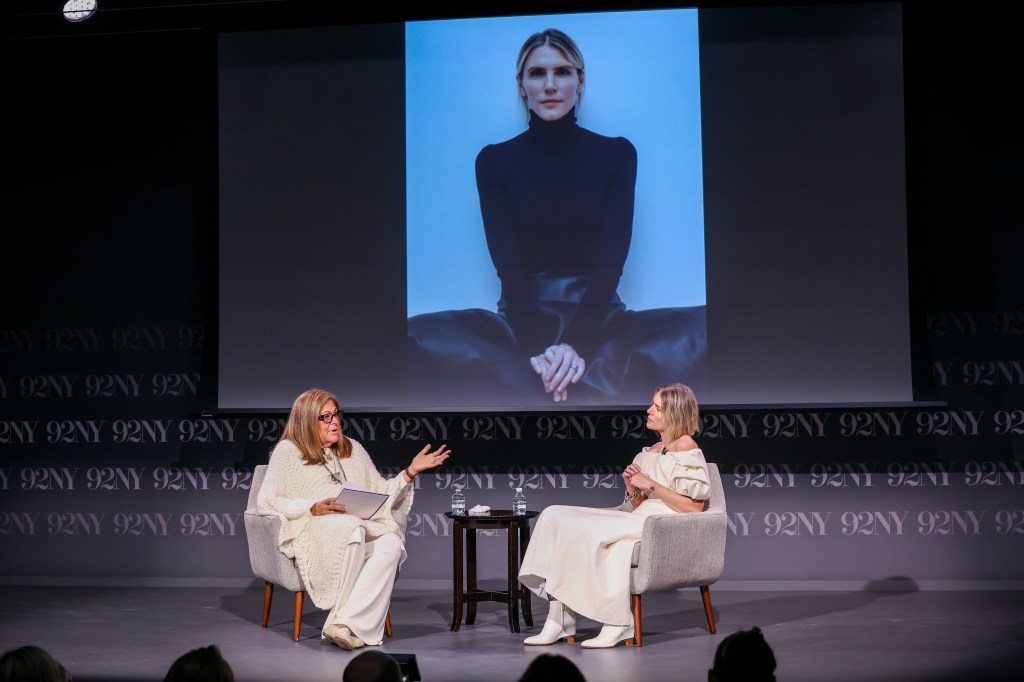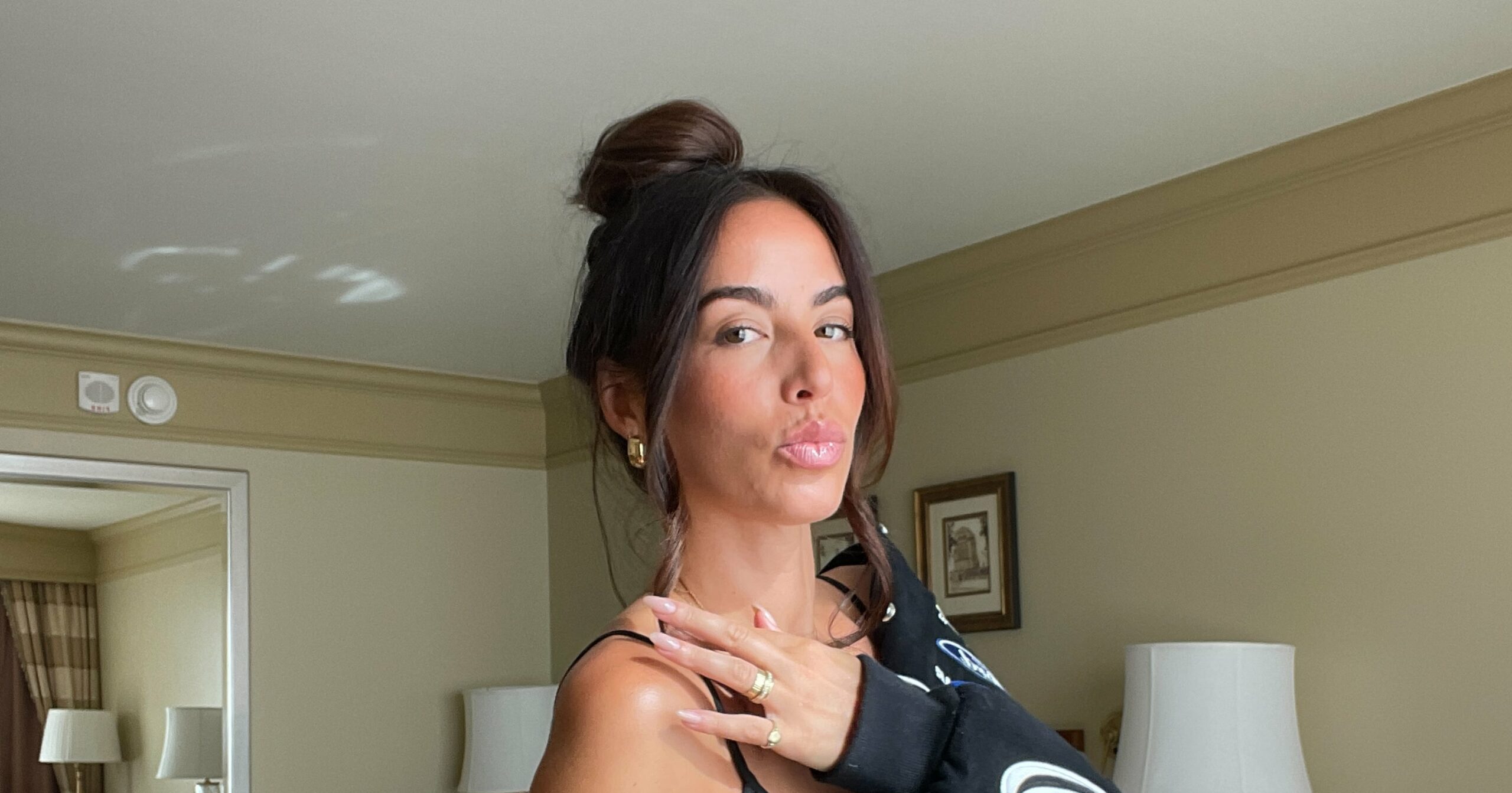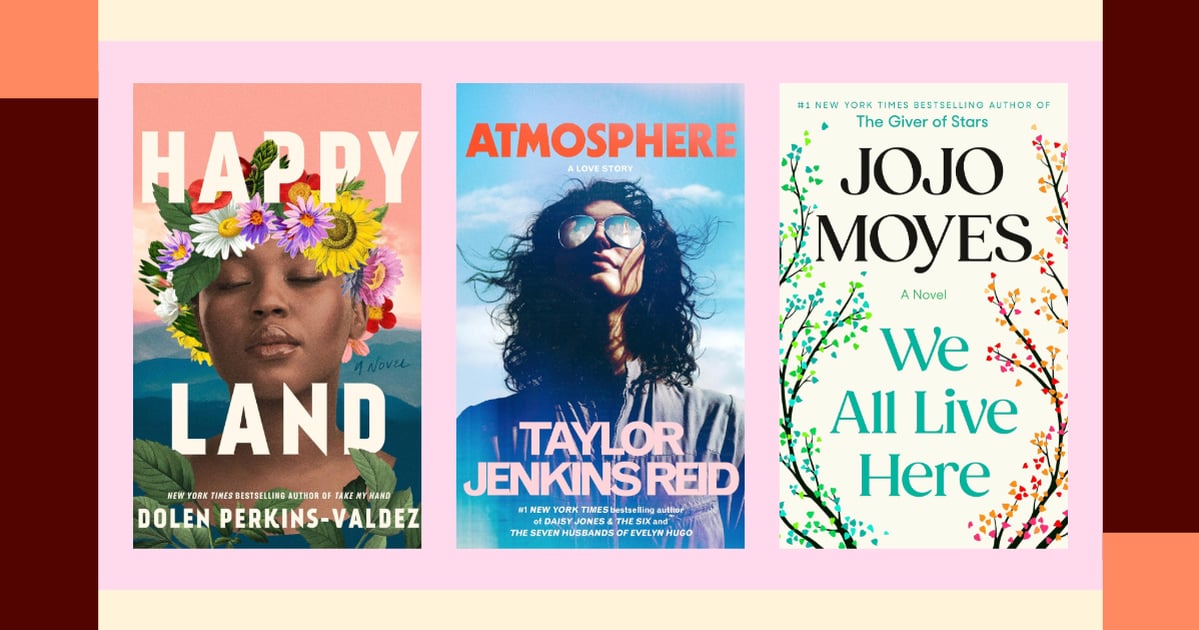Gabriela Hearst opened the 12th year of Fern Mallis’ “Fashion Icons” series at the 92Y Thursday night by detailing not just her career but her personal history too.
The pair had raced over from Gracie Mansion, where New York City Mayor Eric Adams had welcomed designers to celebrate New York Fashion Week. Hearst and Mallis spoke at length from the Upper East Side cultural center. Here are some of the highlights.
Growing up the eldest of four on a 17,000-acre cattle ranch in Uruguay with horses, cattle and merino sheep
Gabriela Hearst: It’s the only life that I knew since I was five years old. When you grow up on the ranch, the options are to go to the rural school or to the city to the British School in Montevideo. My mother was a very big believer of the importance of a good education. She really raised me to be independent so I was sent to the city to live with my grandmother to study there. By 12, I was bilingual. I had certificates from Cambridge. But every summer of my life I went back to the ranch to work. I just did what everyone else was doing — wake up in the morning, herd cattle, wash your horse. I was on a horse dreaming of clothing and gowns.
The upsides of a tech-free childhood
G.H.: I’m 46 this month. I’m that old that we used a rotary phone that connected to a family operator. The ranch was that remote. There was that, radio and electricity from a generator for an hour and a half each night. That was it. There was nothing besides that: books, nature and horses. My imagination was my toy. I read a lot of philosophy. Also, my grandfather had Reader’s Digest and National Geographic.
If a horse takes off, you have to calm yourself, never fall off and hold it. That gives you courage as a kid, that nothing else can.”
Gabriela Hearst
Family life
G.H.: I am still close to my brother and my identical twin sisters. Two of my kids are fraternal twins. My dad passed away in 2011. That’s when I inherited the ranch and that triggered all the changes in my life and how I ended up starting Gabriela Hearst. Growing up on a ranch, you learn independence and how to solve things. When you grow up like that, which is two and a half hours away from the city, you have to make decisions very quickly that can sometimes be a matter of life or death. If a horse takes off, you have to calm yourself, never fall off and hold it. That gives you courage as a kid, that nothing else can.
First fashion moment
G.H.: I watched the Disney movie “Cinderella” and was mesmerized by the mice that sewed. My grandmother had all these handmade silk and lace nightgowns. After watching the movie, I went to her room and started cutting them up because I wanted to make a dress. Instead of shouting. “What are you doing?” she was laughing. I felt that was a very lucky opportunity.
Learning about sustainability on the ranch
G.H.: The DNA of Gabriela Hearst is quality and sustainability. That was learned in an utilitarian way. On the ranch, everything has to be thought through. It’s like being on a boat — you’re exposed to the elements. Everything has to be made of quality so that they last for generations. One thing that is different about me is there is always a long-term view in my head.
Moving to Australia at 17 in 1994
G.H.: I applied for a scholarship and got it. I passed the required exams including a psychological exam. I falsified my parents’ signatures and then I presented the whole thing to them. My mother was very supportive. To get there, you had to go from Montevideo and then through Buenos Aires, Patagonia, the South Pole and New Zealand. It was 24 hours of travel. In Australia, I cried every single day but my mother told me to stay for one month. Then they couldn’t bring me back because I loved it so much. It wasn’t like Uruguay where you had to have someone take you out, if you wanted to go out at night. In Australia, grunge was happening. I had beer for the first time. Girls were working. When I came home, the first thing I did was to get a job in a flower shop.
I’m like, ‘Girl, where’s the ROI here? One print? You can give me another one.’”
Gabriela Hearst
Modeling in Paris in her early 20s
G.H.: I was old by those standards. Someone told me to go to Next Models. My parents said no. I saved my money and had a passport. I called my father from Paris to say I’d gone. He said, “You have the courage of a puma.” It was more about being so hungry for knowledge. I have always loved culture. I was not a good model. It’s not that I hated modeling. But being told what to do is not one of my favorite things. I respect models so much because of that. Also, it was when Gisele [Bündchen] and the other Brazilian models were coming up. And I looked like David Bowie — short hair, super pale and completely androgynous. As a model, you learn about rejection and different cities.
Waitressing in New York
G.H.: I was a terrible waitress. I worked at Pastis when it was hot. They didn’t want to fire me so they made me a hostess. I judge people by how they are to the people who serve them. I was brought up to believe that you’re no better than anyone else and no one is better than you.
Bestselling print
G.H.: My daughter Mia did a drawing that was used for one of my prints. It wound up in a garment that is in The Met. My sales team reminded me Thursday that it was our top-selling print to date. I can’t convince her to do another one. I’m like, “Girl, where’s the ROI here? One print? You can give me another one.” Her drawings are amazing. I don’t mean to overwhelm her but she’s a polymath. Her twin sister wants to be a human rights attorney but she could also be a comedian.
Marrying into another family dynasty through her husband John Augustine Chilton Hearst
G.H.: We both grew up with mothers who were obsessed with horses and were grounded by the history of a place. They believed that you knew your clan and your people. George Hearst was a farmer from Missouri. During the Gold Rush, he went to try his luck. He did good but it was up-and-down. He returned to Missouri and married his cousin Phoebe Apperson. They had one son, William Randolph Hearst. Then George Hearst made a lot of money with one of the silver mines. That’s when he decided to culturize his son to give him a proper education. He took him to Europe to study art. George Hearst became a senator. But when he passed away, he left all of his money to his wife, not his son. When people think of William Randolph Hearst, they should see Phoebe Apperson Hearst because she approved all of the business dealings. She was this incredible visionary.
I saw the ability for this niche to really be exclusive, not from a snobby viewpoint but from craftsmanship.”
Gabriela Hearst
Living up to the family name
G.H.: It’s a great responsibility in a way. Every Hearst family member has always been so open and kind to me. You want to make sure you are representing this last name in the correct way. I take that very seriously.
Starting her signature company in 2015
G.H.: “Austin” invested $500,000 with interest. I was able to do things like find someone to do a logo instead of doing it in paint as I had myself the first time. I was able to do things in a much more thorough way. I look at that first collection and I still want every single piece. That timelessness was there. Early on I said something that I am really proud of — “I don’t want people to buy a lot. I want them to buy one good sweater.” If we’re doing billions of dollars in business in luxury goods, it’s not luxury. I saw the ability for this niche to really be exclusive, not from a snobby viewpoint but from craftsmanship.
Using handbag sales to raise $2 million in funds for drought victims in Kenya through Save the Children.
G.H.: In 2017 nobody was talking about that 20 million people were at risk of famine. I felt I had to do something. The bigger lesson there is you can do anything to help someone even if it is making cookies. Service is there, if you want it. People want to help.
Becoming creative director of Chloé in 2020
G.H.: It was a dream. In 2018, I had this witchy weird moment that I was going to become the designer of Chloé. I was on a one-week retreat at the Hoffman Institute. [Of the post] it was a joint effort of everybody wanting to change. It was an opportunity to reshape and grow a business. Chloé is also an aesthetic that I understand very well.
Leaving Chloé
G.H.: This next season is my last show and it’s the last chapter. I’m the kind of person who moves toward things that scare me. The climate crisis is what scares me the most. When I have anxiety, I write down the opposite result. For climate crisis, that is climate success. So this is the last of four chapters about how do you get to climate success that I am telling at Chloé.


